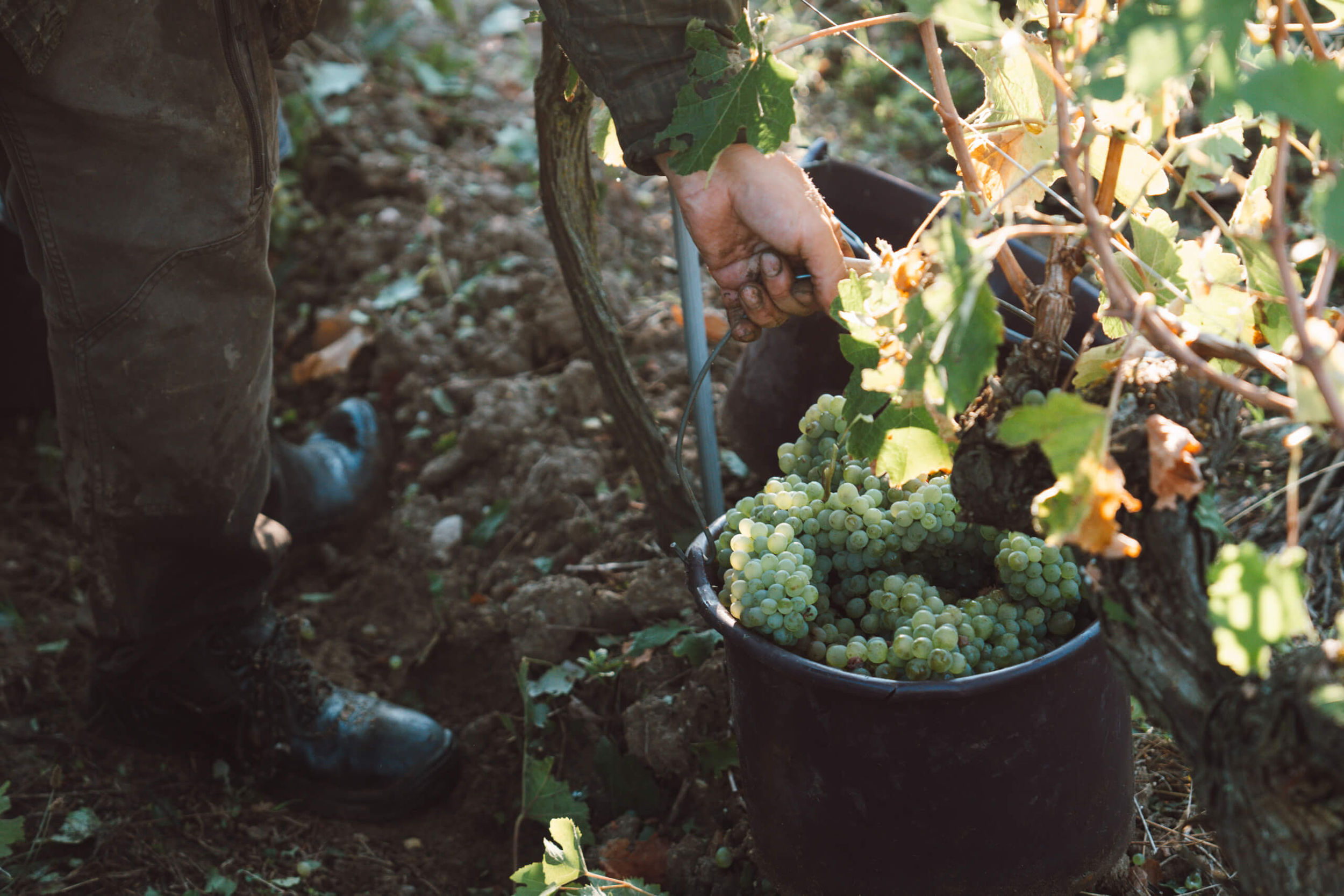
These peaceful vines tell the story of a truly remarkable parcel wine. By revealing the outstanding potential of Chenin Blanc, it gives a starring role to Langlois’ time-honoured winemaking expertise and brings out the exceptional character of their Crémants.
The Saumur
vineyards
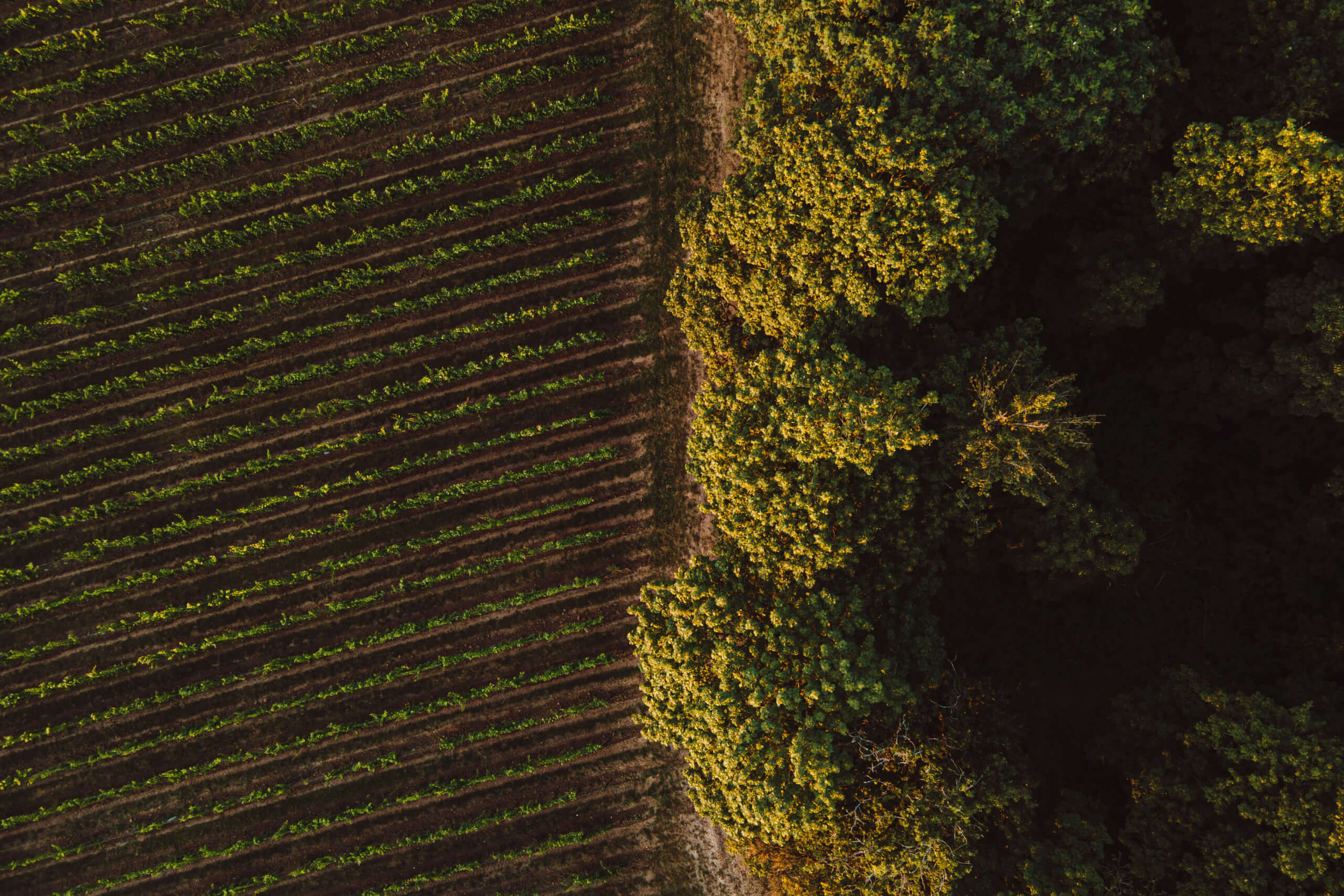
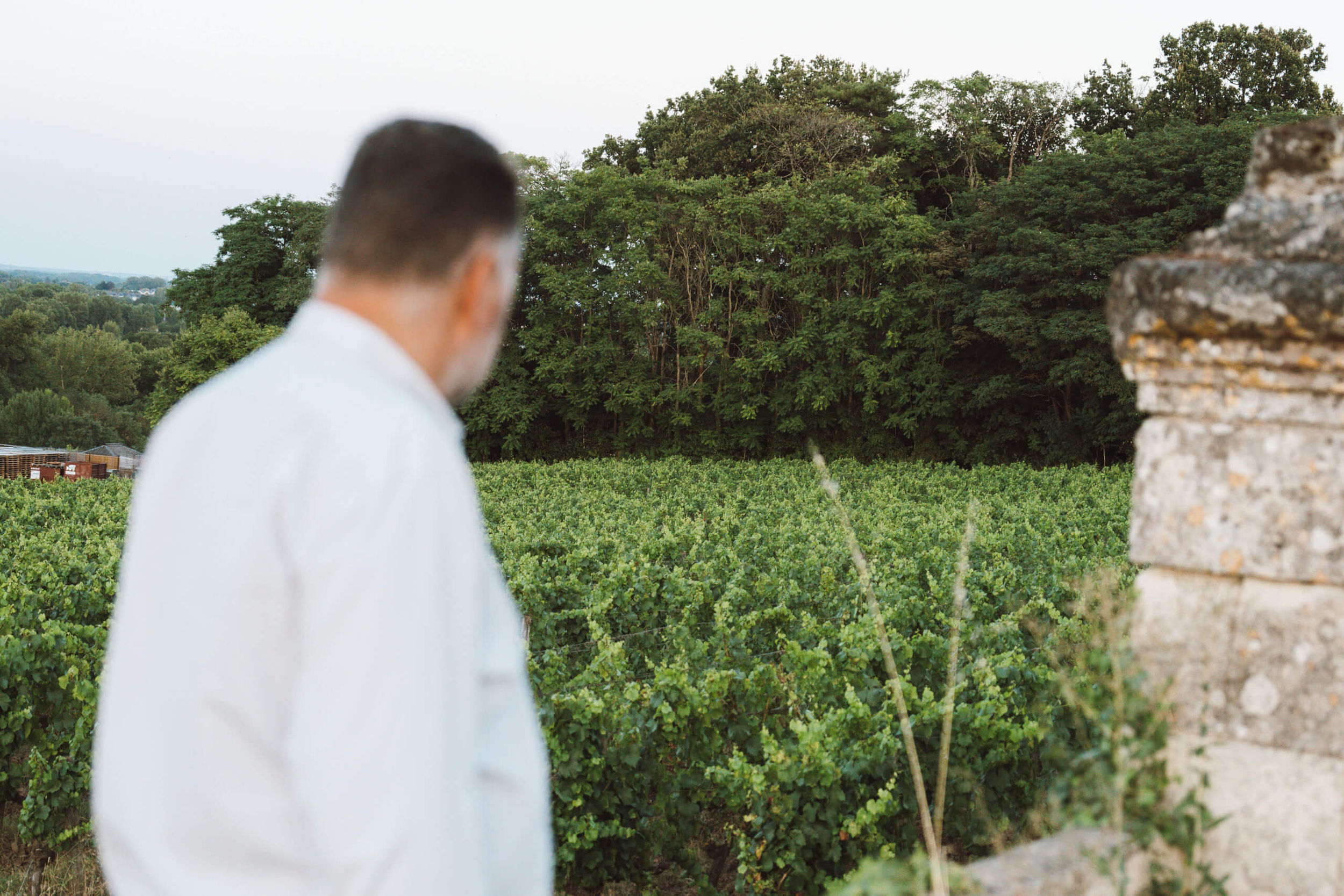
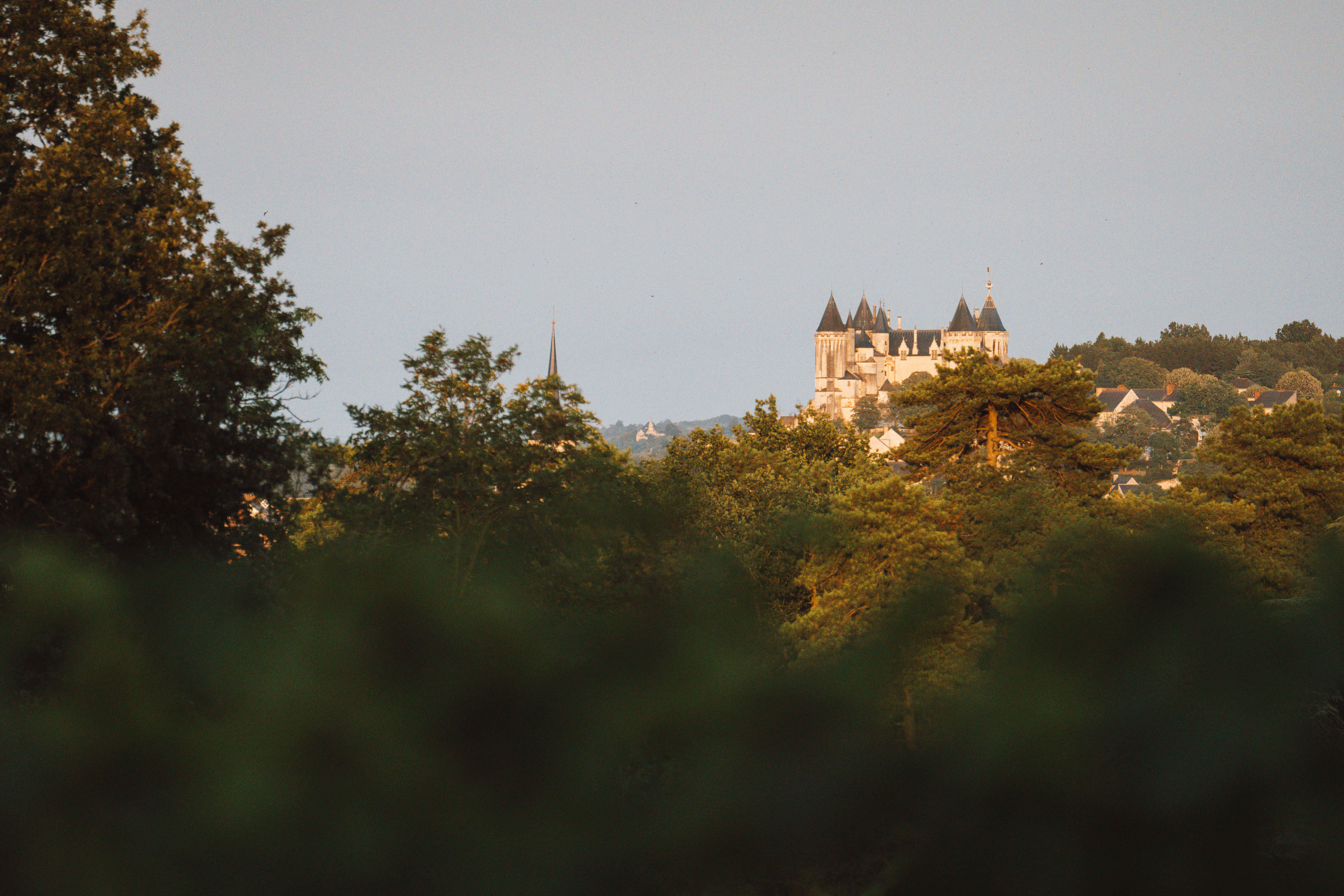
The Appellation d’Origine Protégée Saumur, at the heart of the Loire Valley, boasts a rare distinction. Grown across 51 hectares benefiting from the gentle Loire Valley climate, the grapes cultivated by the Maison exhibit the elegant mineral qualities of the tuffeau chalk.
To unlock their full potential, Langlois pays meticulous attention to every detail, from controlling natural sodding and mechanical work under vines and every other row to disbudding, leaf thinning and cluster thinning. The grapes are picked exclusively by hand, with an average yield of 55 hl per hectare.
In Saumur, the Maison benefits from an array of clay-limestone soils, the source of the tapestry of aromatic notes that characterise its fine wines: 30 hectares in Montreuil-Bellay and Le Coudray-Macouard, 6 hectares in Le Vaudelnay, and 15 hectares in Le Clos Saint-Florent.
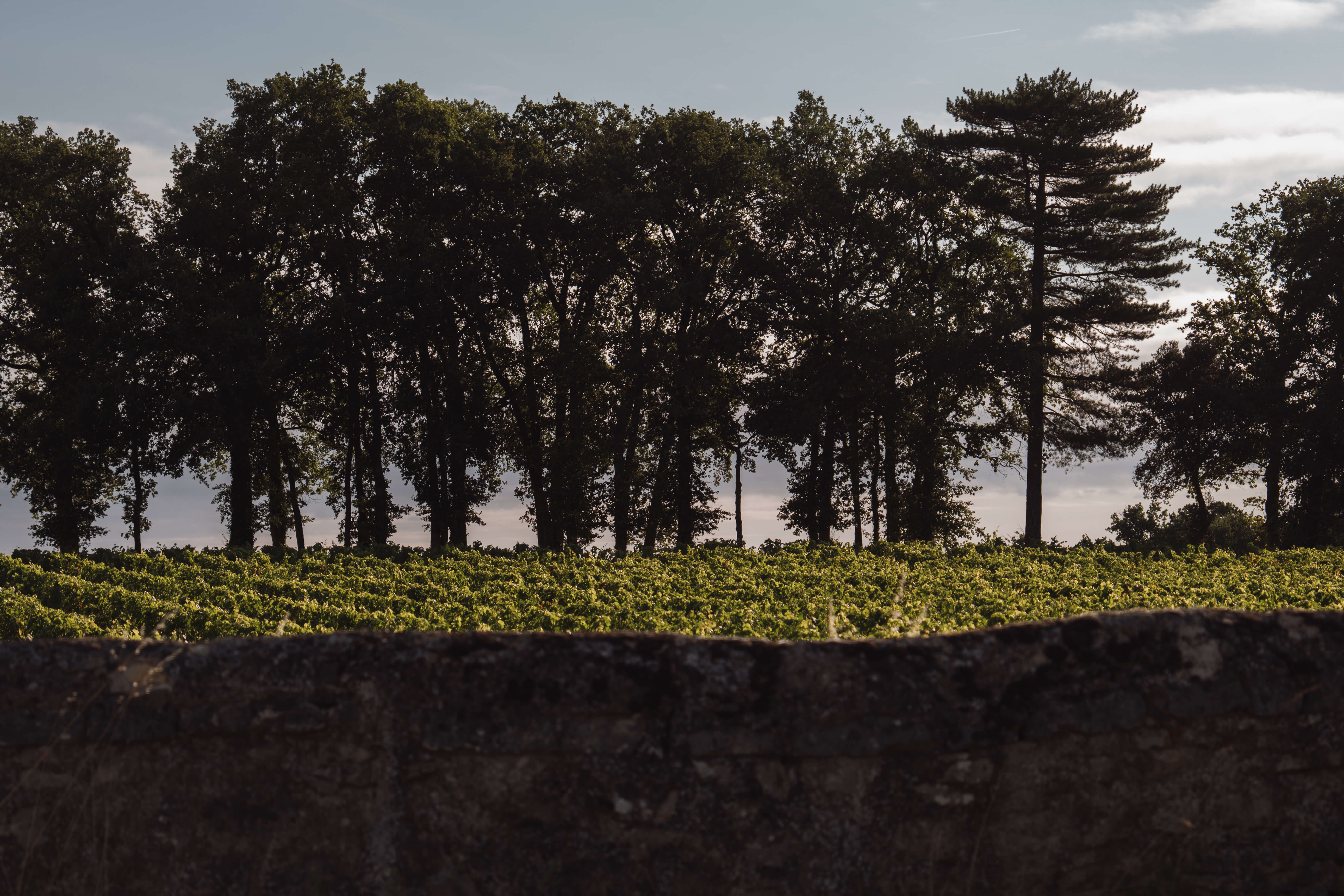
Le Clos Saint-Florent: a treasure in its own right
Located high in the historic grounds of Saint-Florent Abbey, overlooking the Langlois cellars, this iconic vineyard sits 44 metres above the Loire River. Its 25- to 30-year-old Chenin Blanc vines thrive in this exceptionally temperate climate.
Langlois devotes 4.5 hectares of this parcel to producing the Langlois Clos Saint-Florent white cuvée, its quintessential still Chenin Blanc. The unrivalled purity of its grapes can be attributed to the exceptional clay-limestone soil formed during the Eocene period, more than 34 million years ago.
